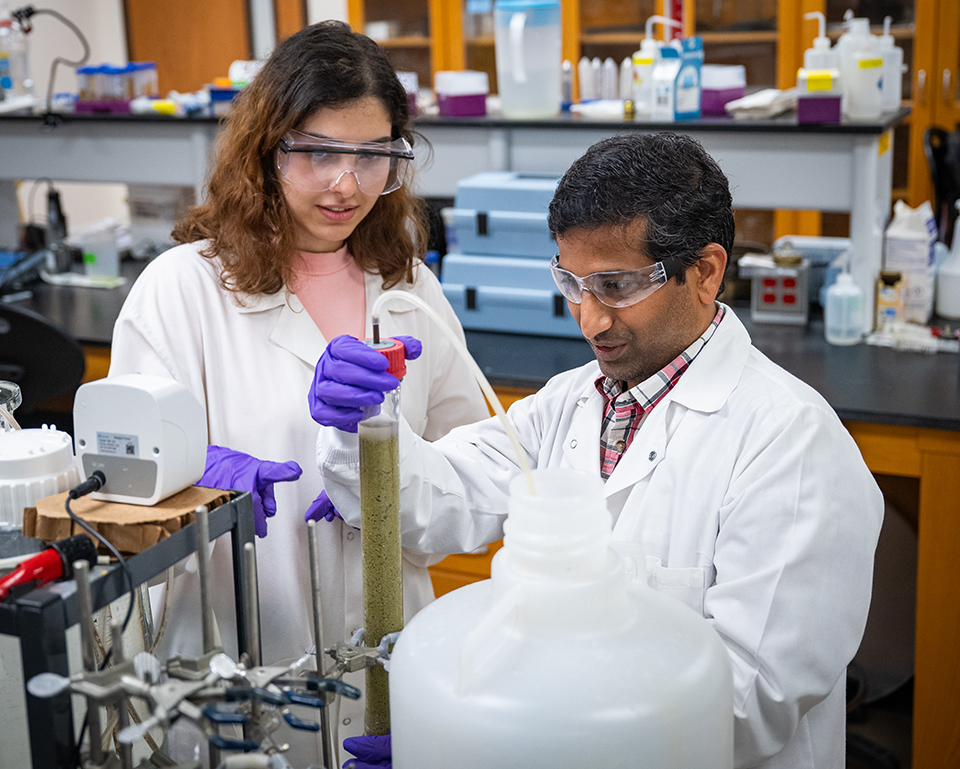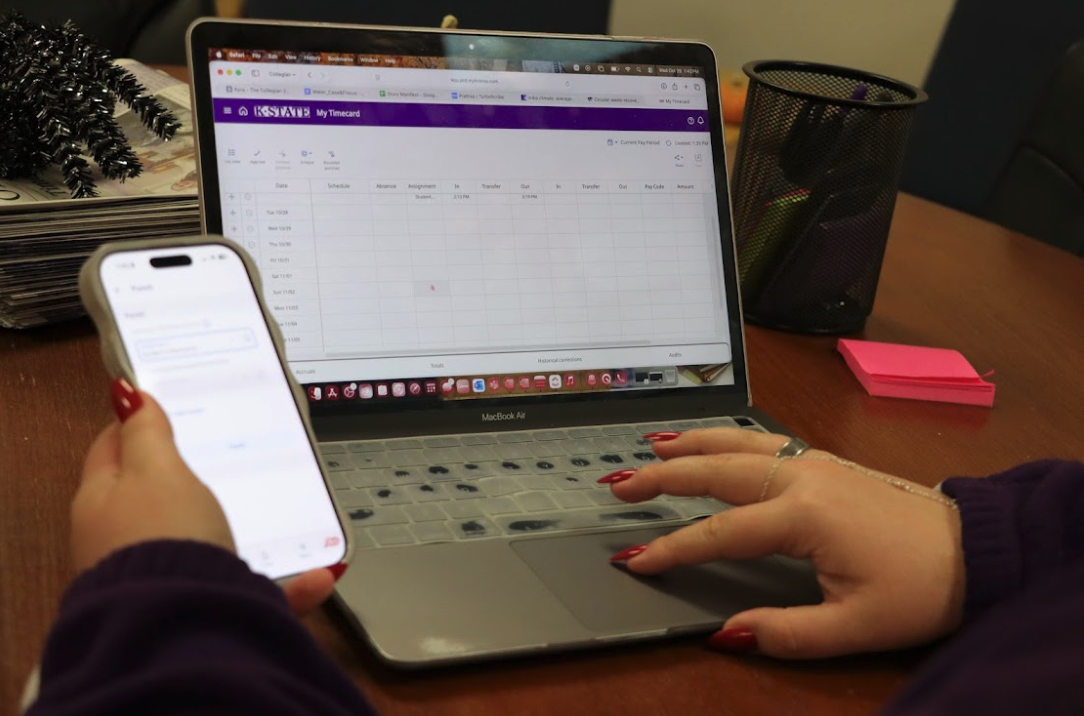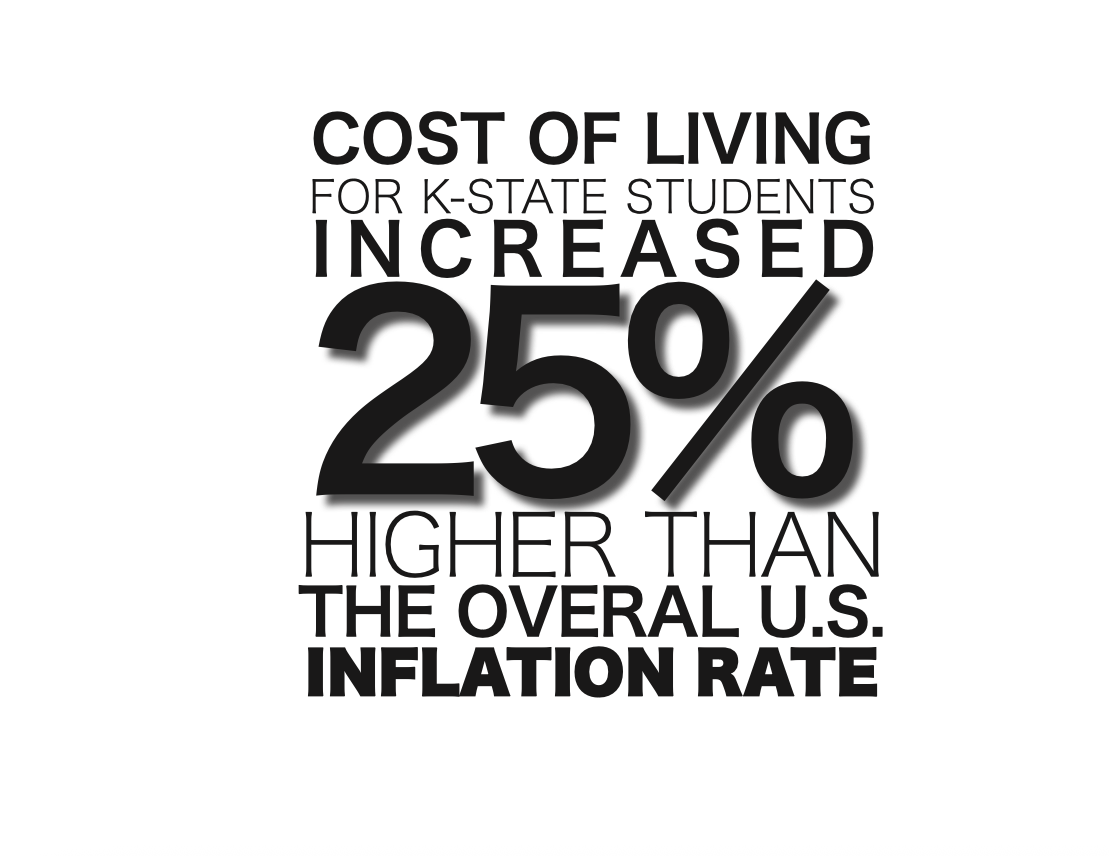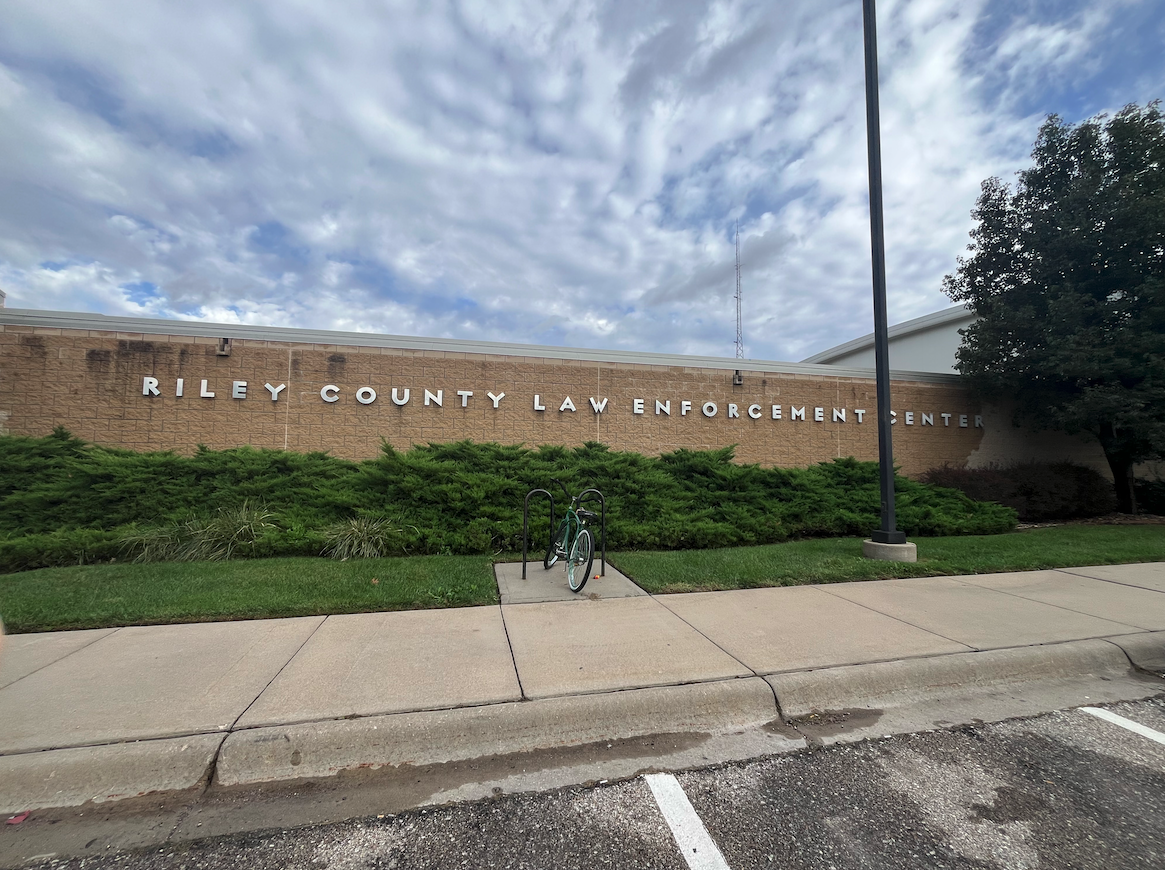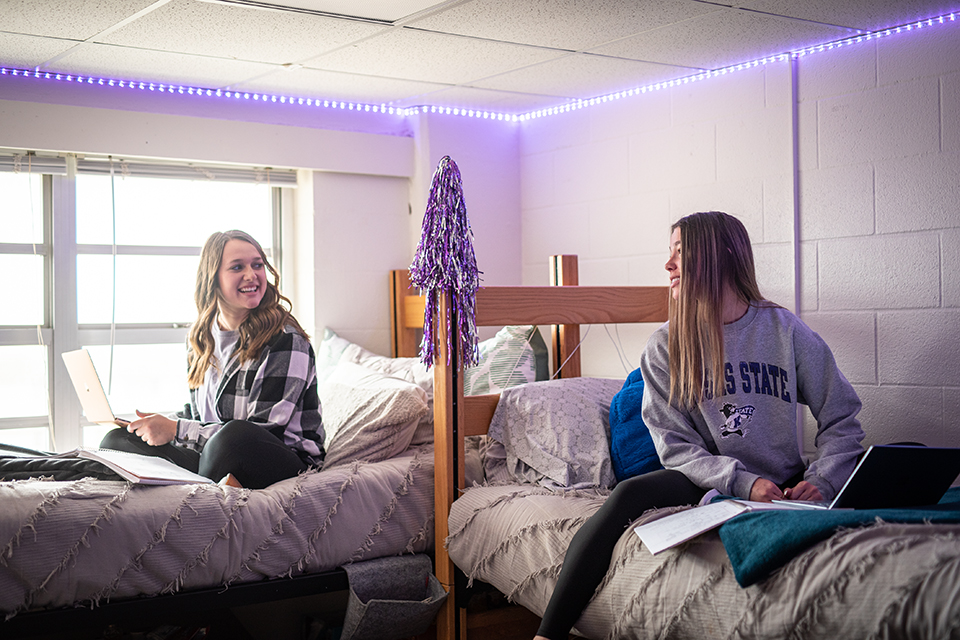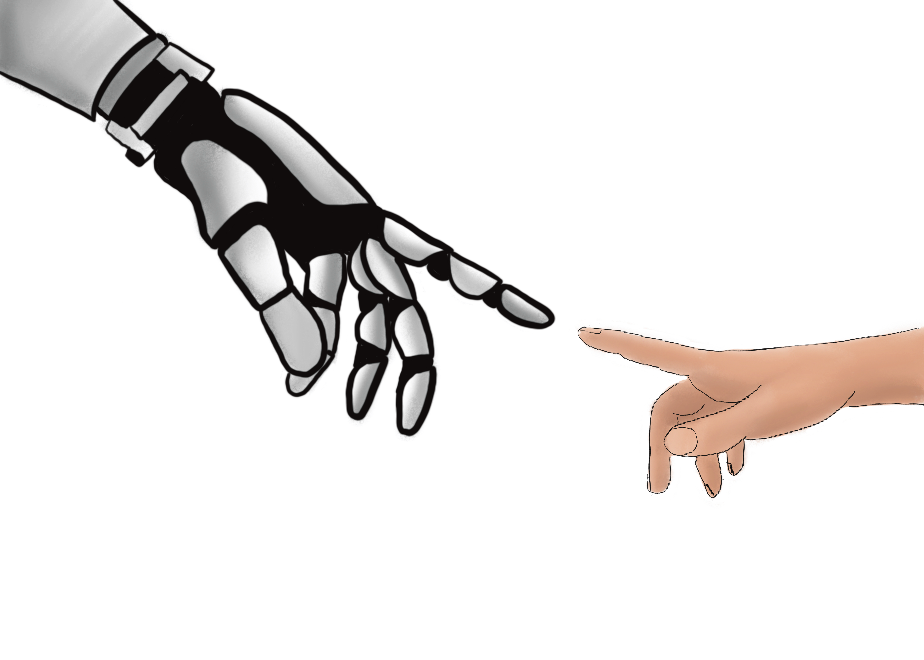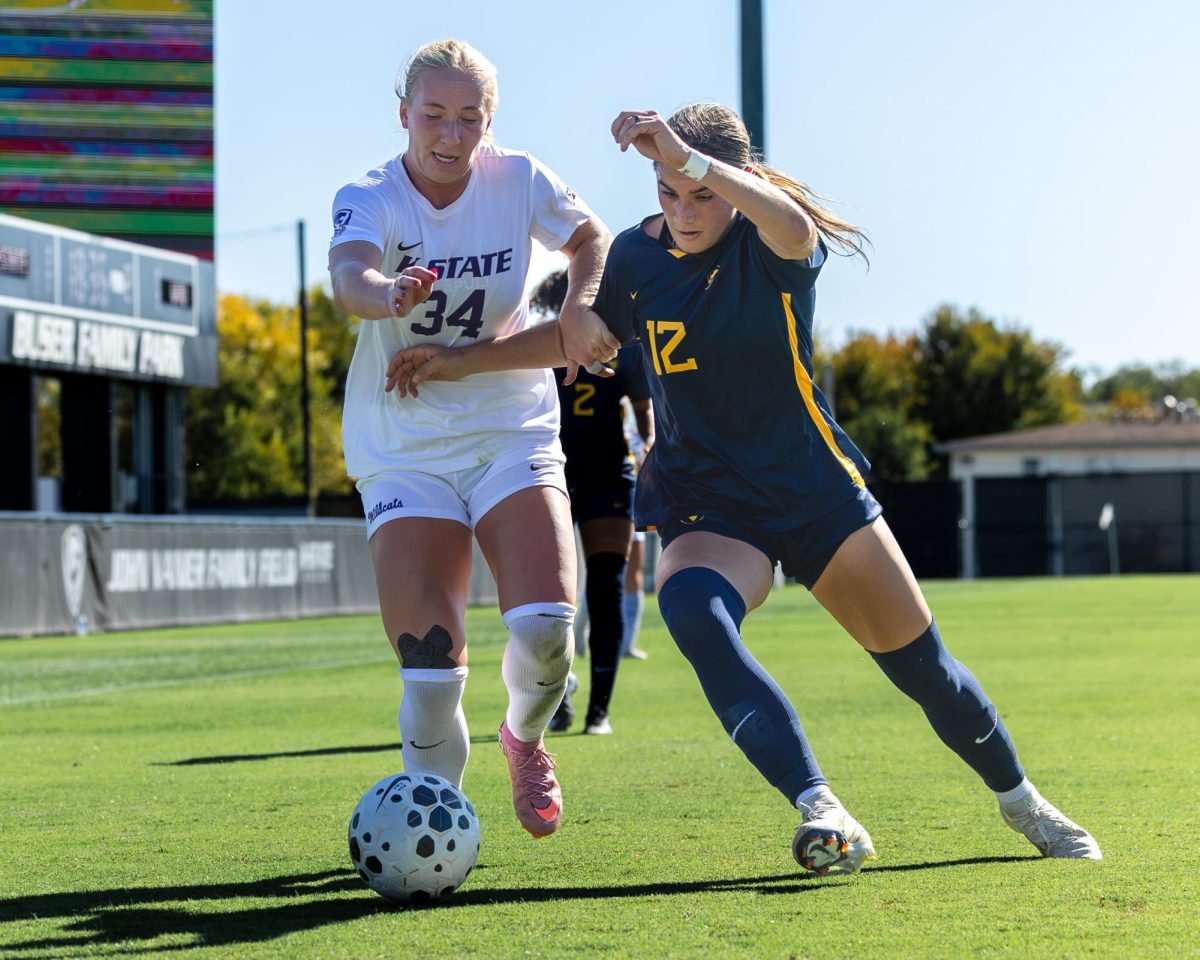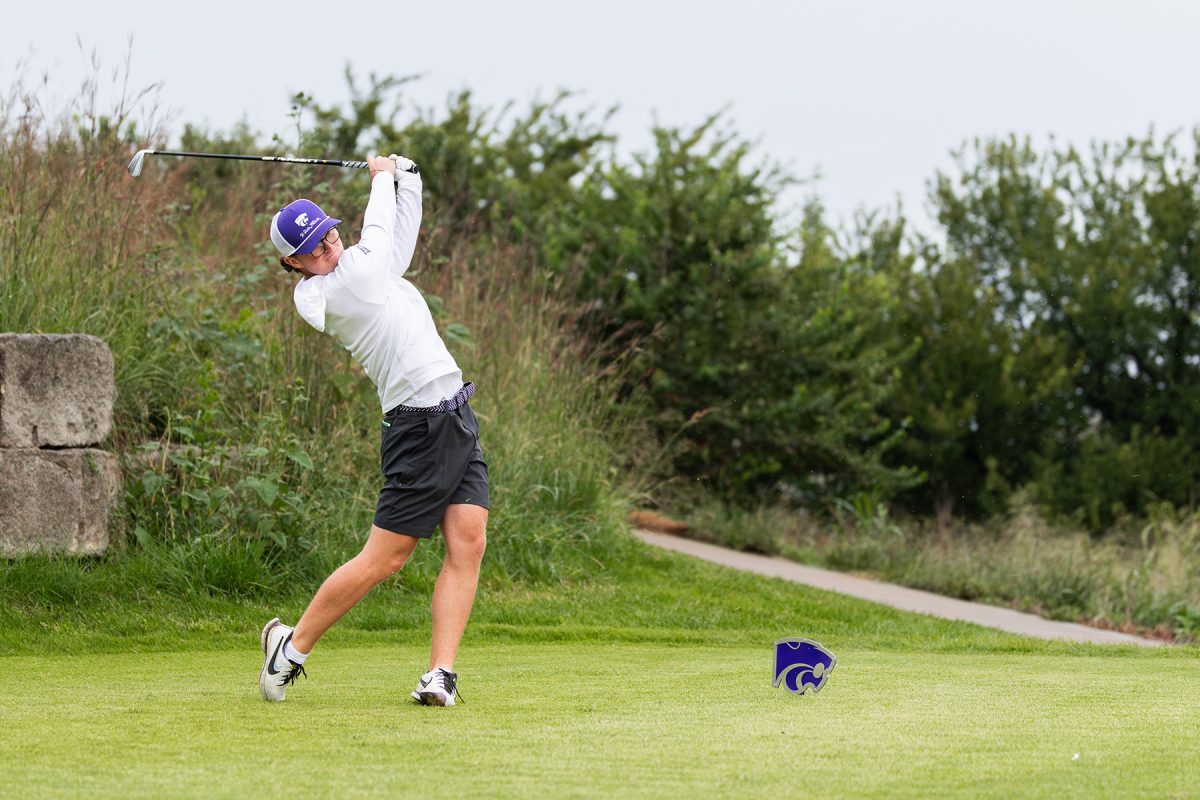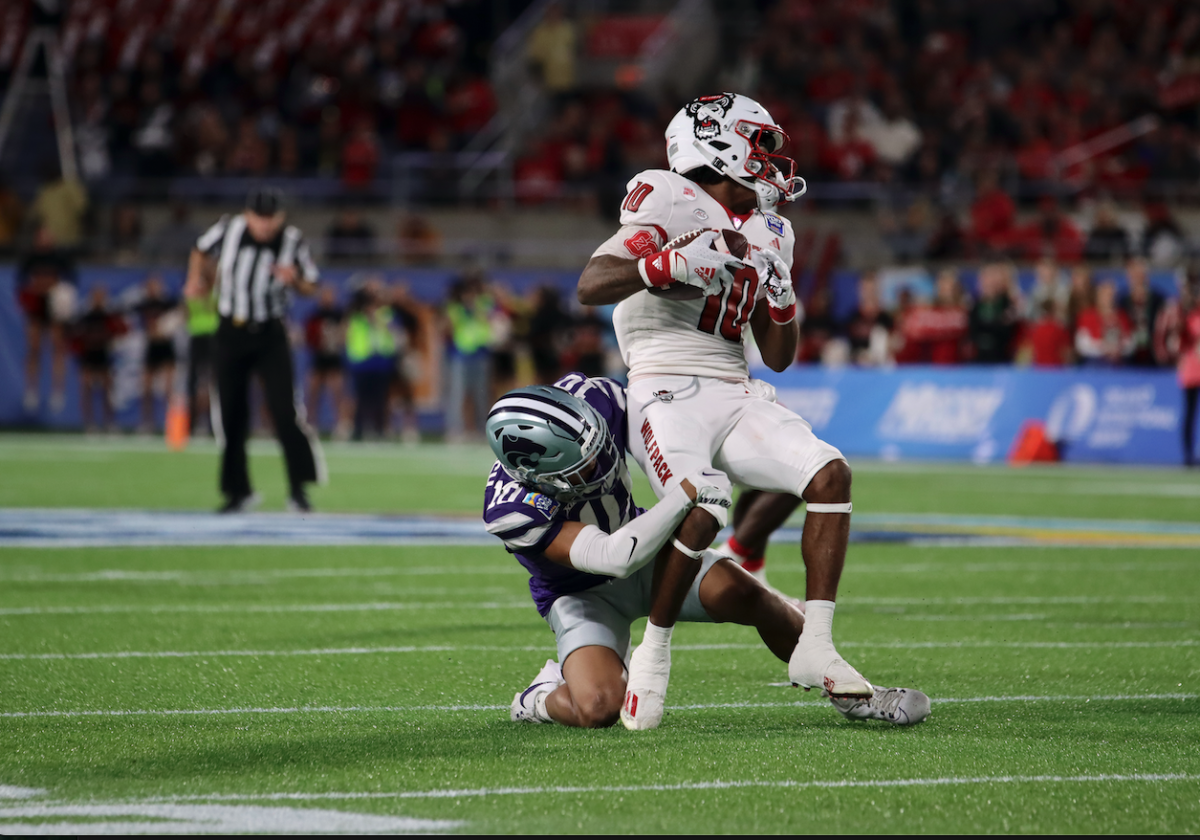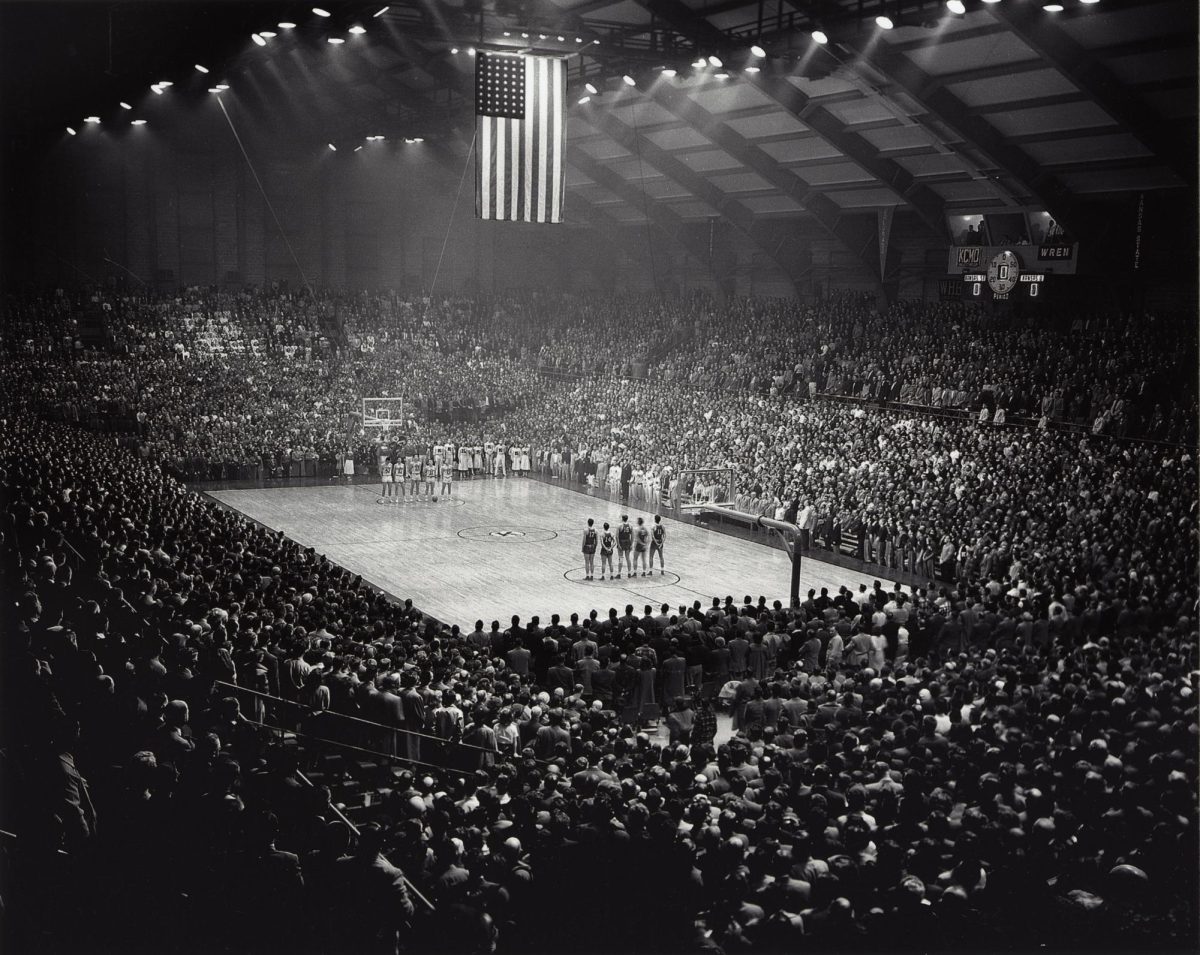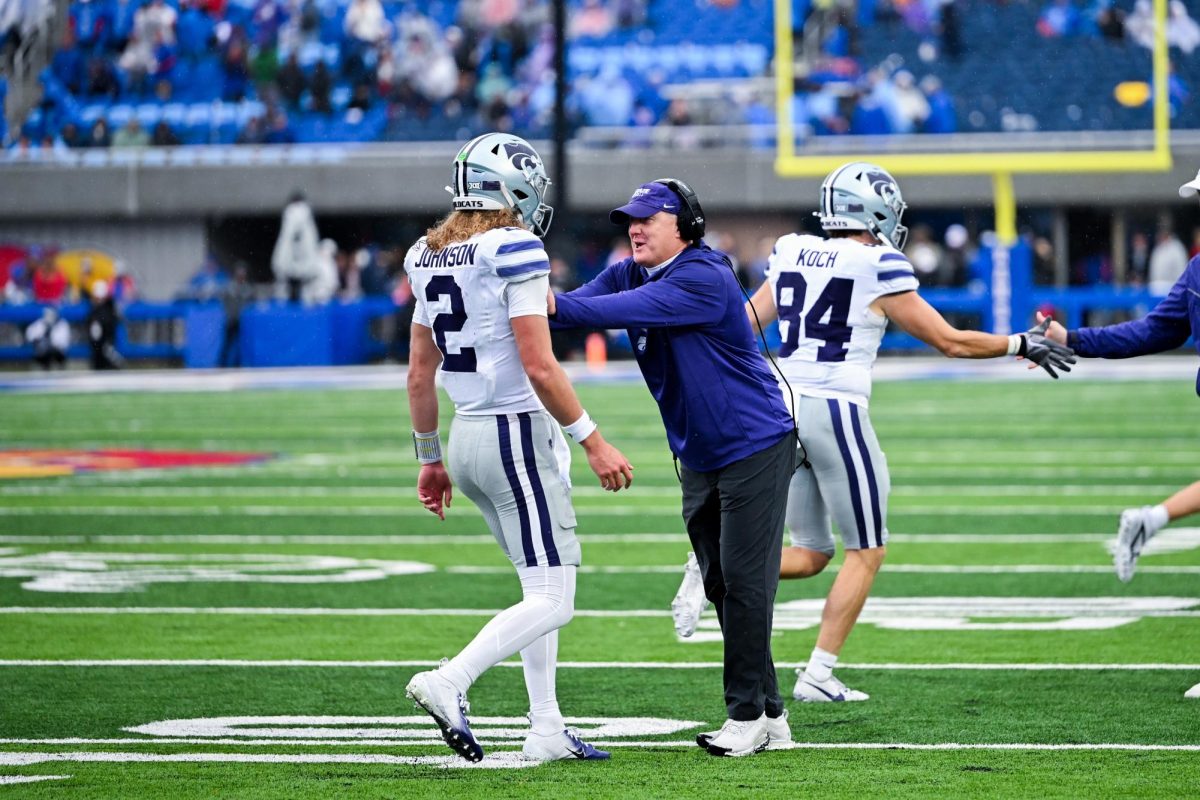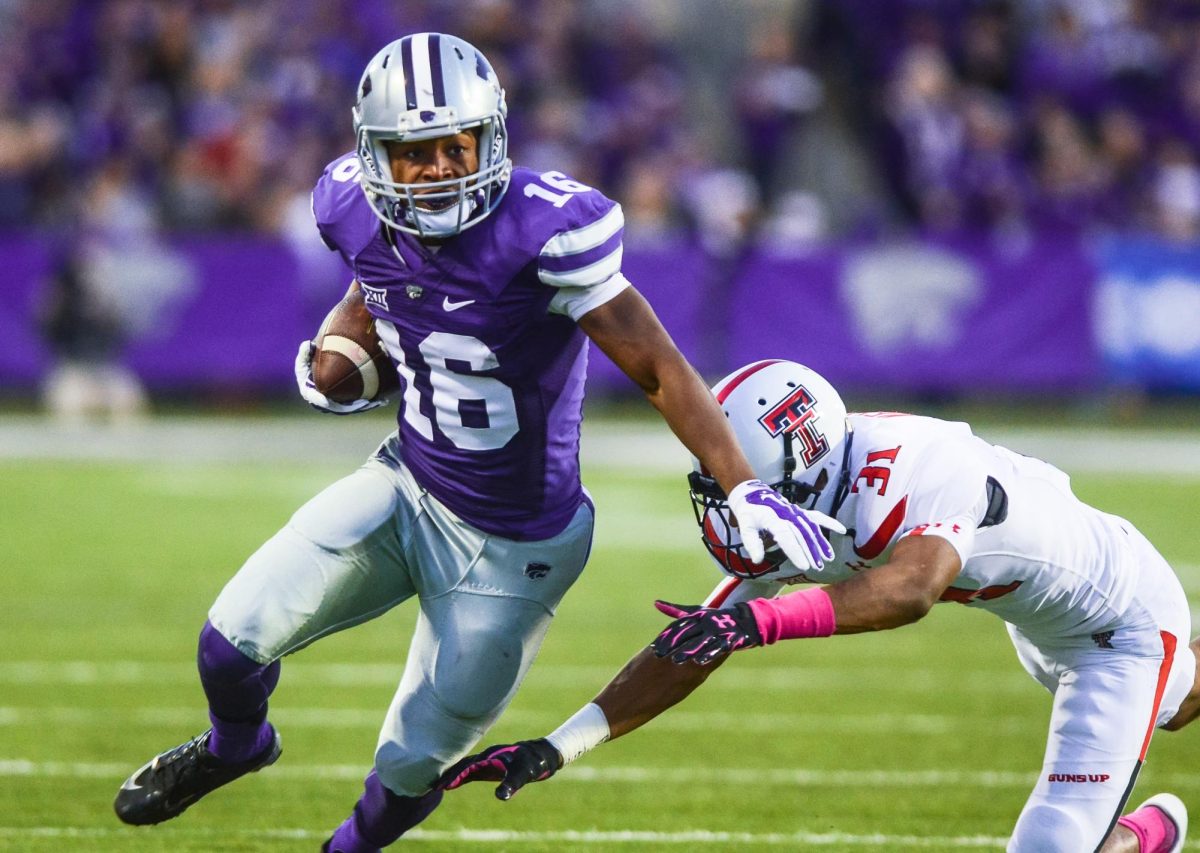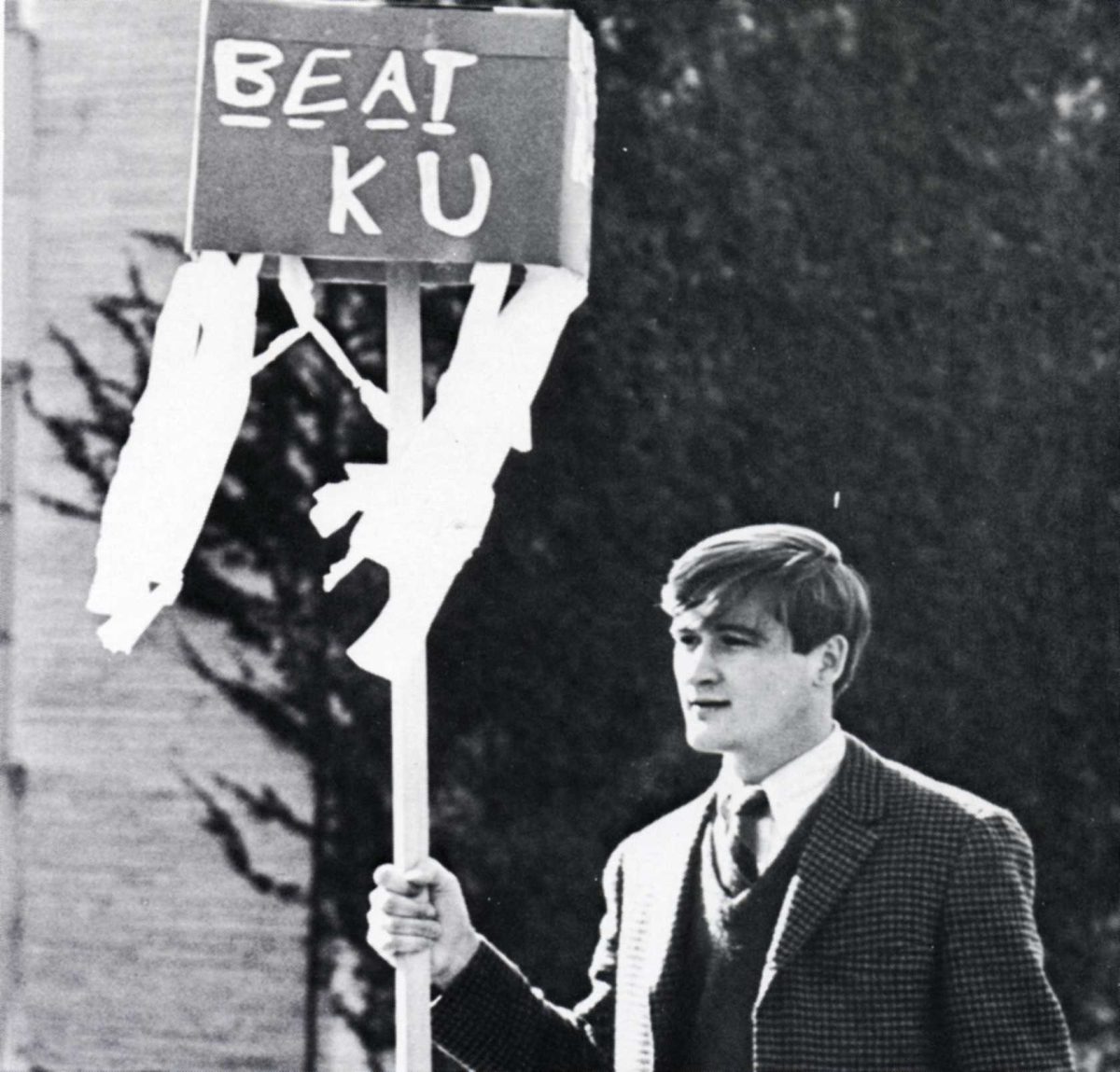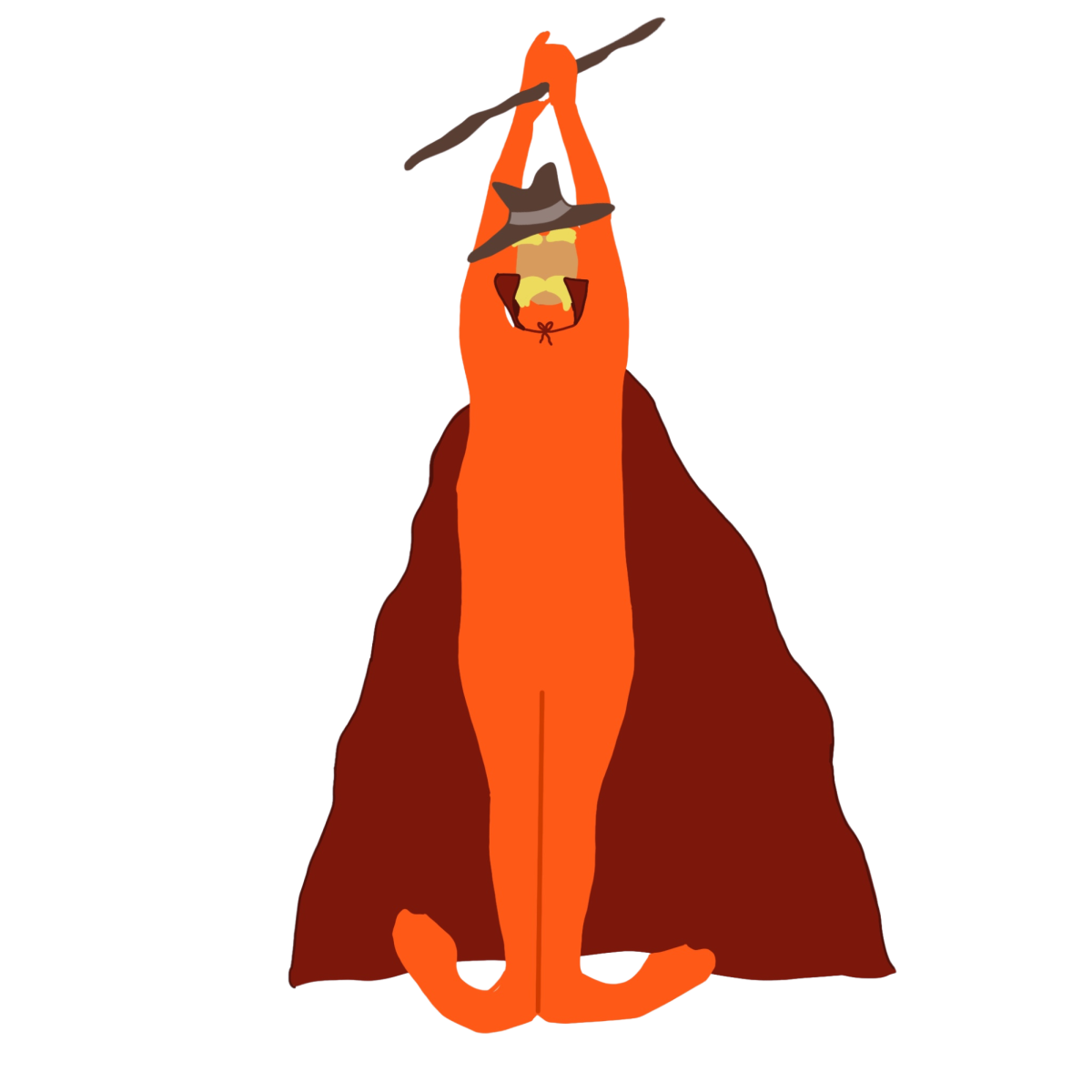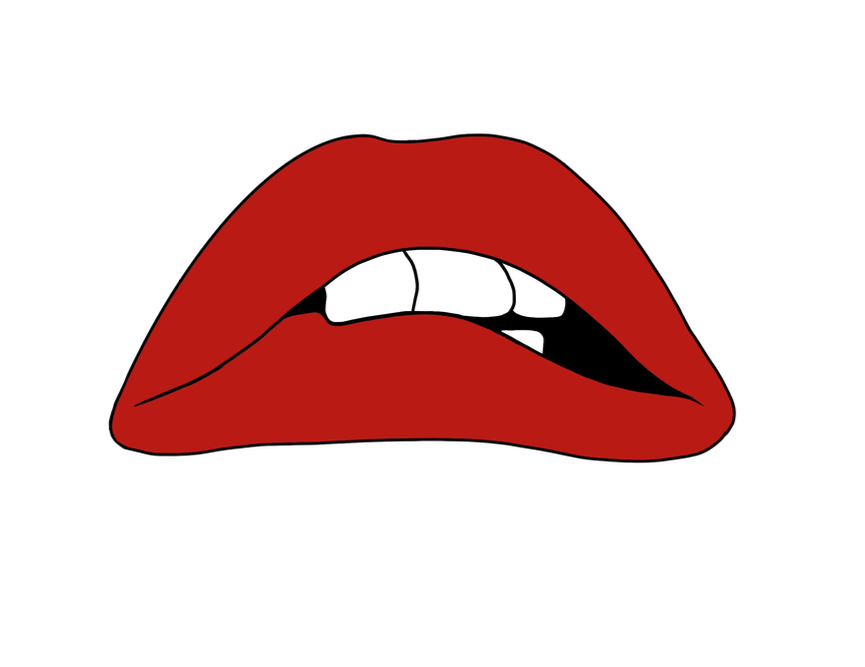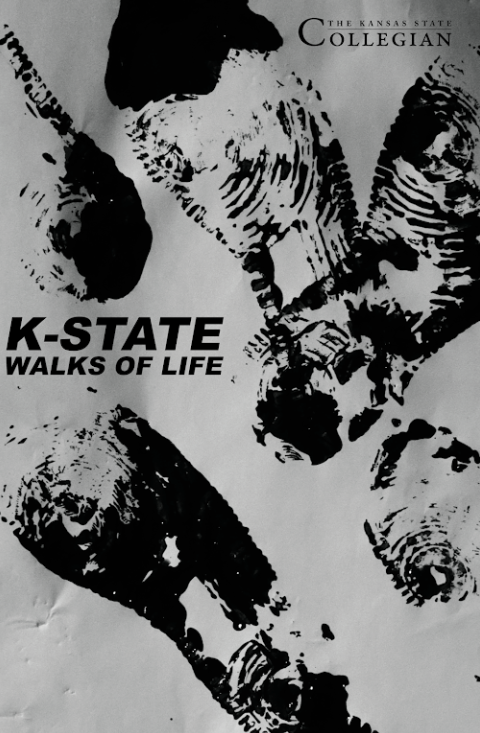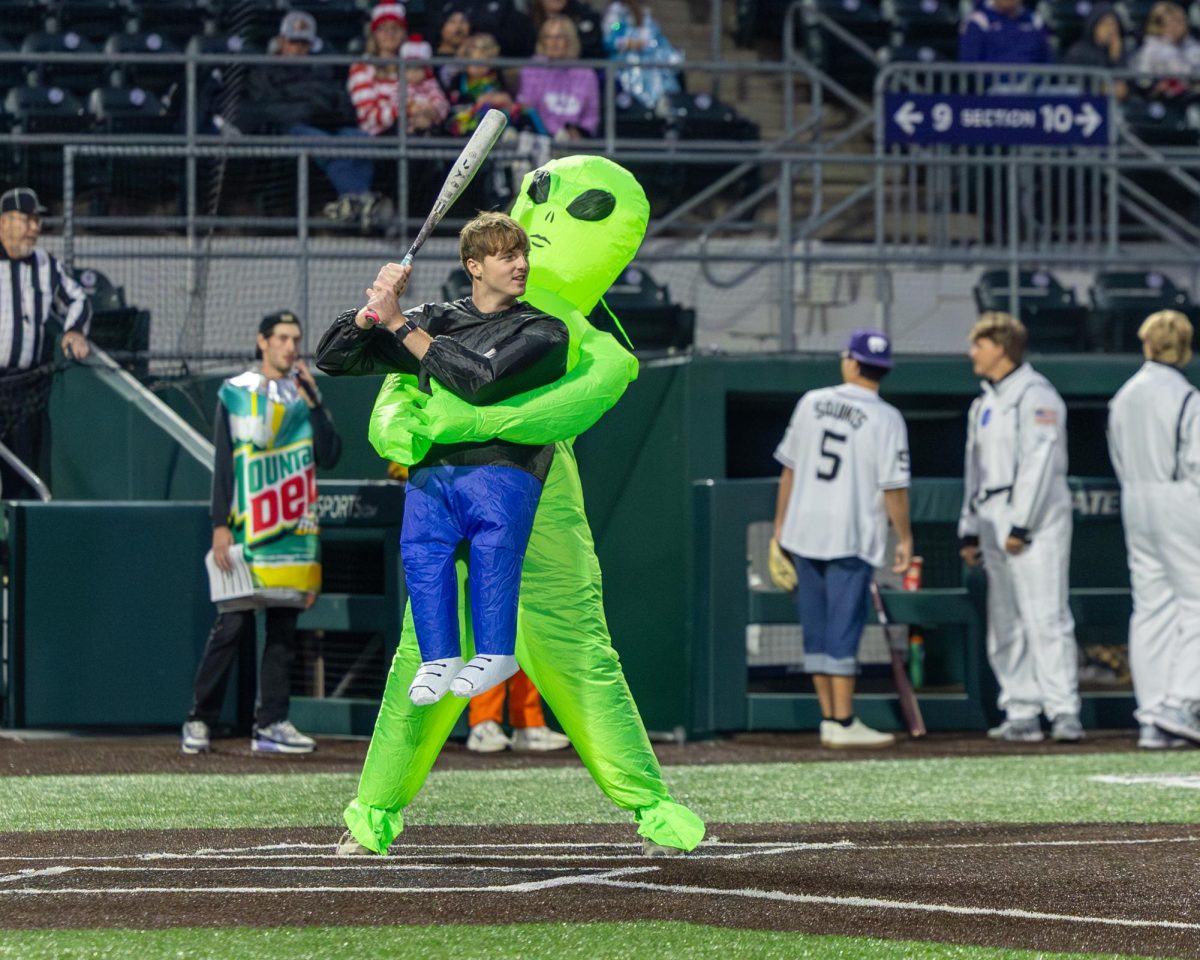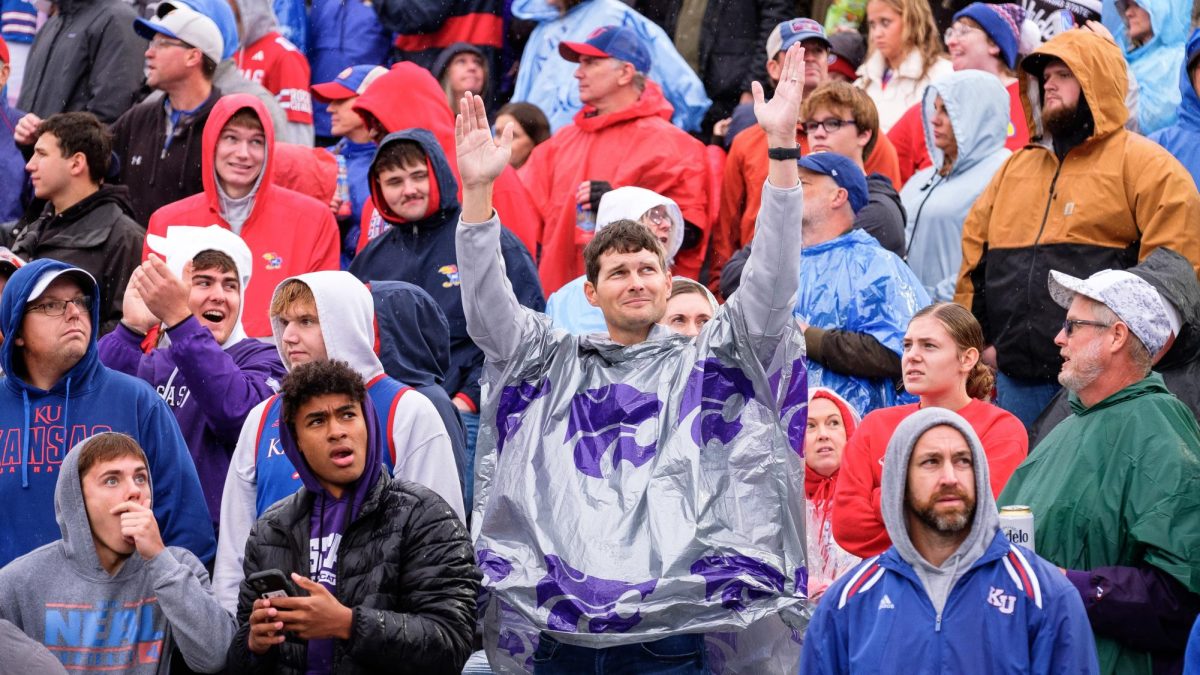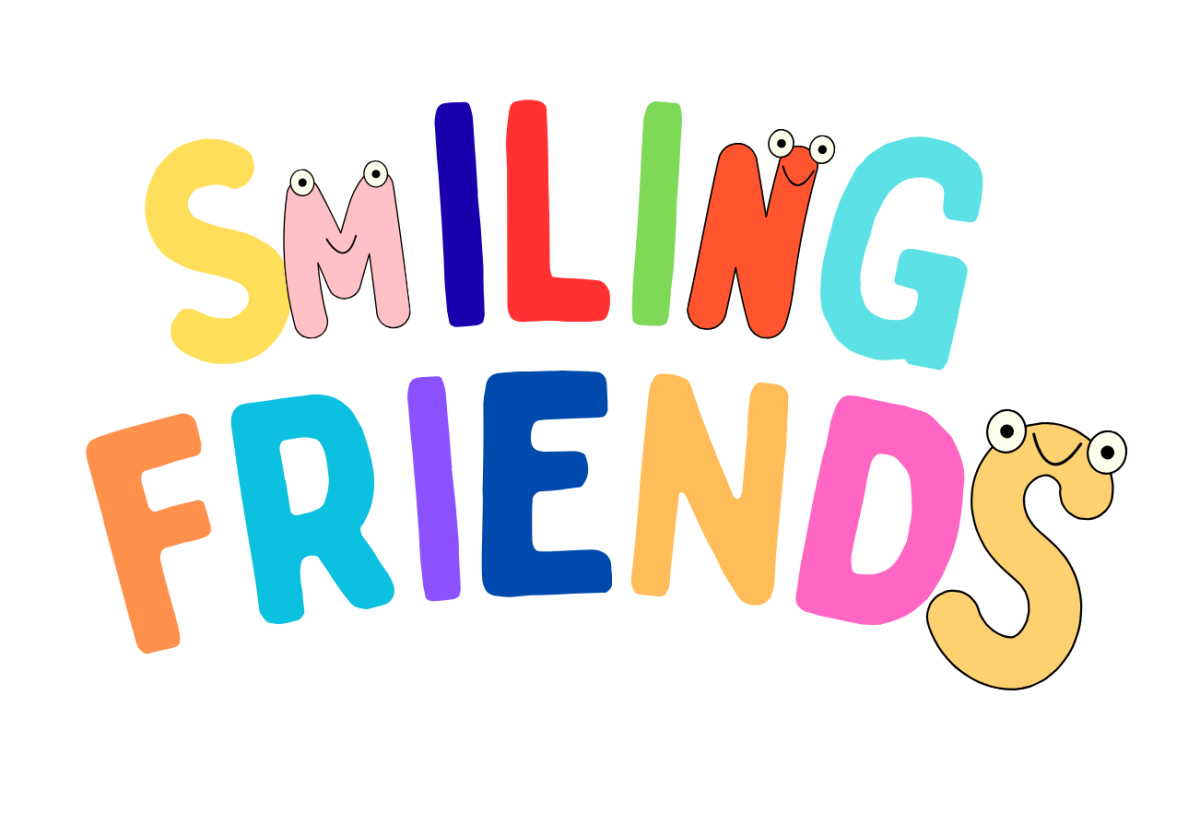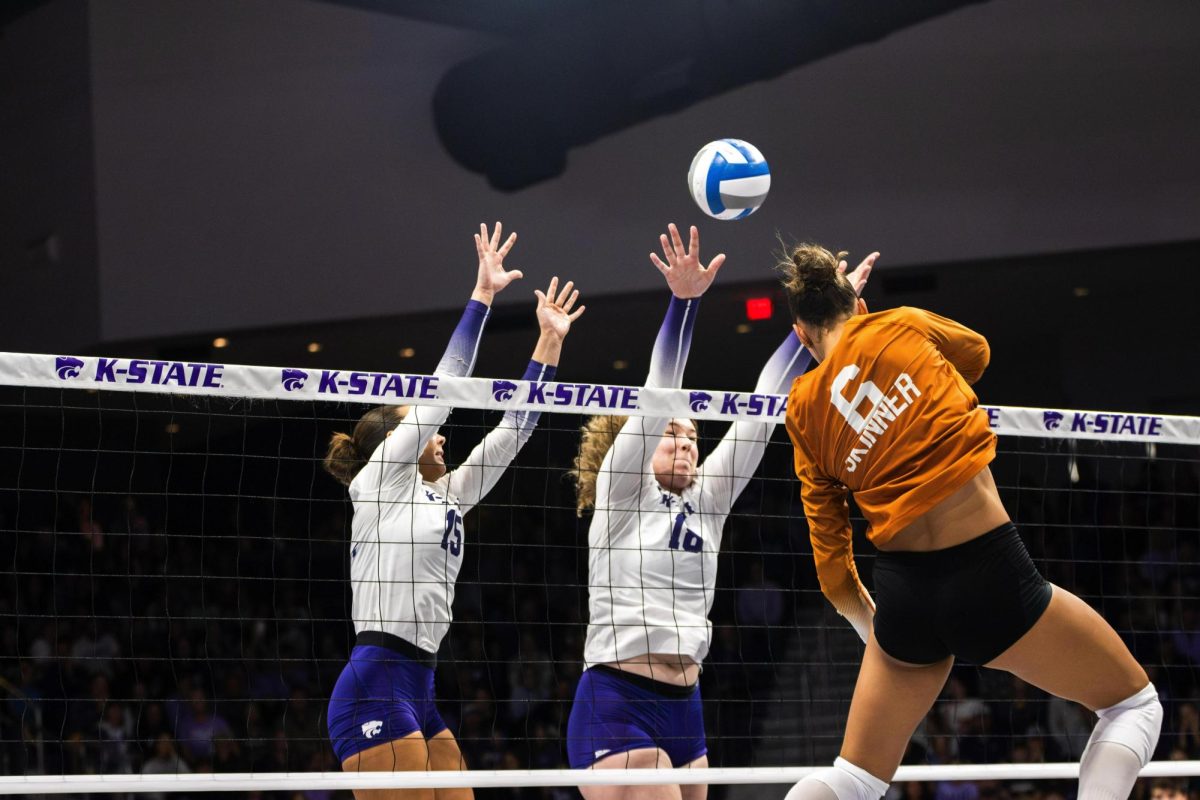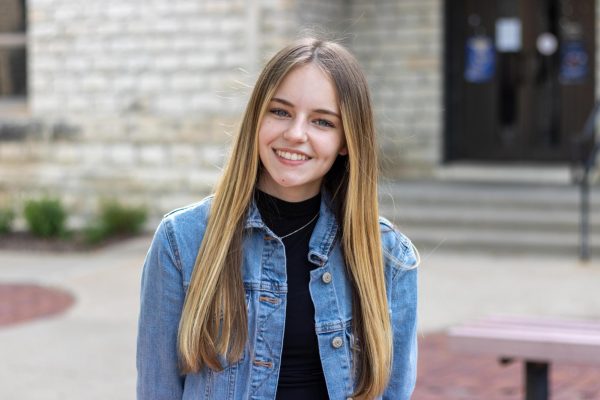In February, the NCAA presented the collegiate volleyball world with a new rule called “successive contacts.” In the rulebook, the NCAA states on the second contact players are allowed to hit the ball with any part of their body more than one time, as long as the ball is contacted by a teammate on the next hit.
A benefit of adding the double contact rule is it makes the game more fair for both teams. Ava LeGrand, a setter for Kansas State, gives an example of the internal conflict a referee might have when deciding how to make a call.
“The setter on that side might have doubled the ball,” LeGrand said. “But do I call it for this setter when it was kind of the same, but not? So I think just taking it out of the equation is gonna help a lot with refs and the athletes.”
The new rule also gives athletes with less playing time a chance to enter the game with less stress.
“It’s hard when you get in there and like, hands are shaking and you just want to put the ball up in a good spot, not really worried about anything else,” LeGrand said.
Another aspect the double contact rule considers is out-of-system setting, which is when the setter struggles to get to the second ball after a poor dig or pass.
“You’ve seen a lot of athletes get better at sending those out-of-system balls to a hitter,” LeGrand said. “And so I think, allowing someone like that who doesn’t set in the gym every single day — allowing them a little bit more leeway to put up a better ball.”
Overall, the new rule allows setters more freedom and creativity.
“It’s gonna add athleticism because, you know, there’s not going to be a specific way to get that ball to that window for the hitter,” LeGrand said. “I think it’s going to be really cool to see how the setters change their way of setting and how it’s taught. Because I think it’s just going to level up the game.”
The Wildcats have the opportunity to experiment with the new rule during their unofficial spring season, including a match against Missouri at 1:30 p.m. Saturday in Lenexa, Kansas. The match provides free admission to the public.

